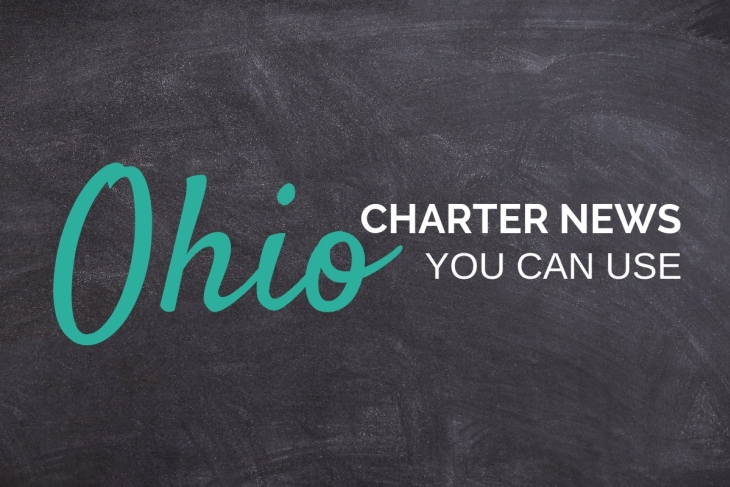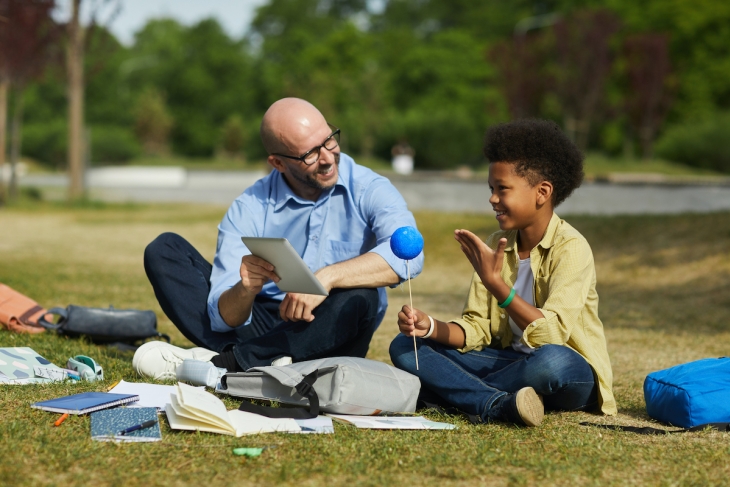If America is serious about wanting kids to become better readers, our elementary schools need to spend more time teaching social studies rather than doubling-down on “reading comprehension.” This may seem counterintuitive, but it’s the key takeaway from a groundbreaking study the Thomas B. Fordham Institute released last week.
Mind you, we’re not the first to find that devoting tons of time to English language arts (ELA) instruction does not improve student reading. But we are the first to find that literacy gains are more likely to materialize when students spend more time learning social studies.
This underscores the crucial insight that E.D. Hirsch set forth in 1987 in his path-breaking book Cultural Literacy. Writers and speakers typically make assumptions about what their readers and listeners know. They have to do that, as they don’t take time to explain historical references and literary allusions or to resolve ambiguities. They can’t provide all the background knowledge, either. Which means that when their readers and listeners already possess a body of such knowledge, language comprehension comes much easier.
Think of it this way: Virtually all middle schoolers can “read” the words “Berlin Wall.” They surely can sound out the letters and all three syllables. But only some of them will instantly recognize the phrase and have a sense of what it implies. They will know that Berlin was the capital of Germany during World War II, after which it was divided between the Western Allies and the Soviet Union. They will know that the wall was built to keep East Germans from escaping to the West. And they will know that those East Germans wanted to escape because of the lack of freedom and economic opportunity under Communist rule. So those students will be able to comprehend a passage that alludes to the Berlin Wall, while their less knowledgeable peers will not.
Over the years, a small but growing body of research has shown that focusing on academic content in the early grades—not on generalized reading skills and strategies—equips students with the background knowledge (à la the Berlin Wall) that they need to comprehend all sorts of texts and make them truly literate by the time they reach middle school, thus laying a solid foundation for further learning.
Moreover, this focus on knowledge has the potential to lessen socioeconomic and racial/ethnic gaps in literacy. If we acknowledge that more affluent and white students often have greater access to knowledge-building opportunities and resources at home (often including better-educated parents), we can make education more equitable by teaching knowledge-rich content to those who arrive in school with few of those advantages.
Yet rather than spending the past several decades making sure that all students—especially poor children and children of color—got a strong dose of social studies and science instruction in order to build this content knowledge and advance equity, American elementary schools mostly spent ever more time on the “skill” of reading comprehension. Instead of learning about the world, students were told to “identify the main idea.” And as any serious analysis of reading achievement can tell you, that hasn’t worked. It can’t. As Hirsch has tirelessly pointed out, language comprehension is not a “skill” at all: content is comprehension.
So what if elementary schools simply spent more time on social studies, science, and the like? Would their students end up becoming better readers? That’s the question that birthed Fordham’s new study, Social Studies Instruction and Reading Comprehension: Evidence from the Early Childhood Longitudinal Study.
To investigate, Fordham’s associate director of research Adam Tyner and early childhood researcher Sarah Kabourek teamed up to better understand how classroom time is currently spent in U.S. elementary schools and how it might be better utilized to promote literacy. They plumbed nationally representative data from the federal Early Childhood Longitudinal Study, Kindergarten Class of 2010–11 (ECLS-K: 2011), which sampled thousands of students in their kindergarten year and followed them through fifth grade. This long view is important because knowledge and vocabulary accrue slowly. Their primary analysis examines how much classroom time is spent on different subjects, whether students who spend more time on certain subjects make greater progress in reading, and how these effects differ by student characteristics. Their analytic models control for a host of student-, teacher-, and school-level factors to further isolate the relationship between time use and reading growth.
Here's what they found:
- Elementary school students in the U.S. spend much more time on ELA than on any other subject.
- Increased instructional time for social studies—but not for ELA—is associated with greater progress in reading.
- The students who benefit most from the additional social studies time are girls and those from lower-income and/or non-English-speaking homes.
The authors offer three important takeaways for policy and practice. First and most obvious is that elementary schools should make more room for high-quality instruction in history, civics, geography, and the other knowledge-rich—and engaging—subjects that comprise social studies. Excessive amounts of time spent on ELA appear not to yield the additional reading gains that well-intentioned educators hoped for, that the country needs, and that equity demands.
Second, teachers should use their ELA block to build student knowledge, ideally by adopting one of the well-regarded knowledge-rich curricula now on the market.
Third, policymakers and administrators should align reading assessments with curricular content. Daniel Willingham, a distinguished cognitive psychologist at the University of Virginia, once penned this simple yet profound statement: “Reading tests are really knowledge tests in disguise.” That means that we need to get serious not only about how we teach students knowledge but also how we test it. It calls for a much more deliberate approach to how we sequence particular content across grade levels and how we sample from it to inform new tests that reward and prioritize knowledge development—such as what Louisiana is doing with its middle-school English language arts assessment.
The poorly utilized ELA block has become a barrier to progress in reading, especially for poor kids and children of color. The best elementary teachers direct students’ gazes not toward the mirror, under the mistaken notion that children can only be engaged by texts about their lives and experiences, but out the window where they can glimpse a smidgen of the wonders and fascinations that our globe has to offer.
Spending so much time in elementary school on the “skill” of reading comprehension at the expense of teaching content may sound like a good idea, but it actually works against the very outcomes we’re trying to achieve. So let’s stop doing it!









